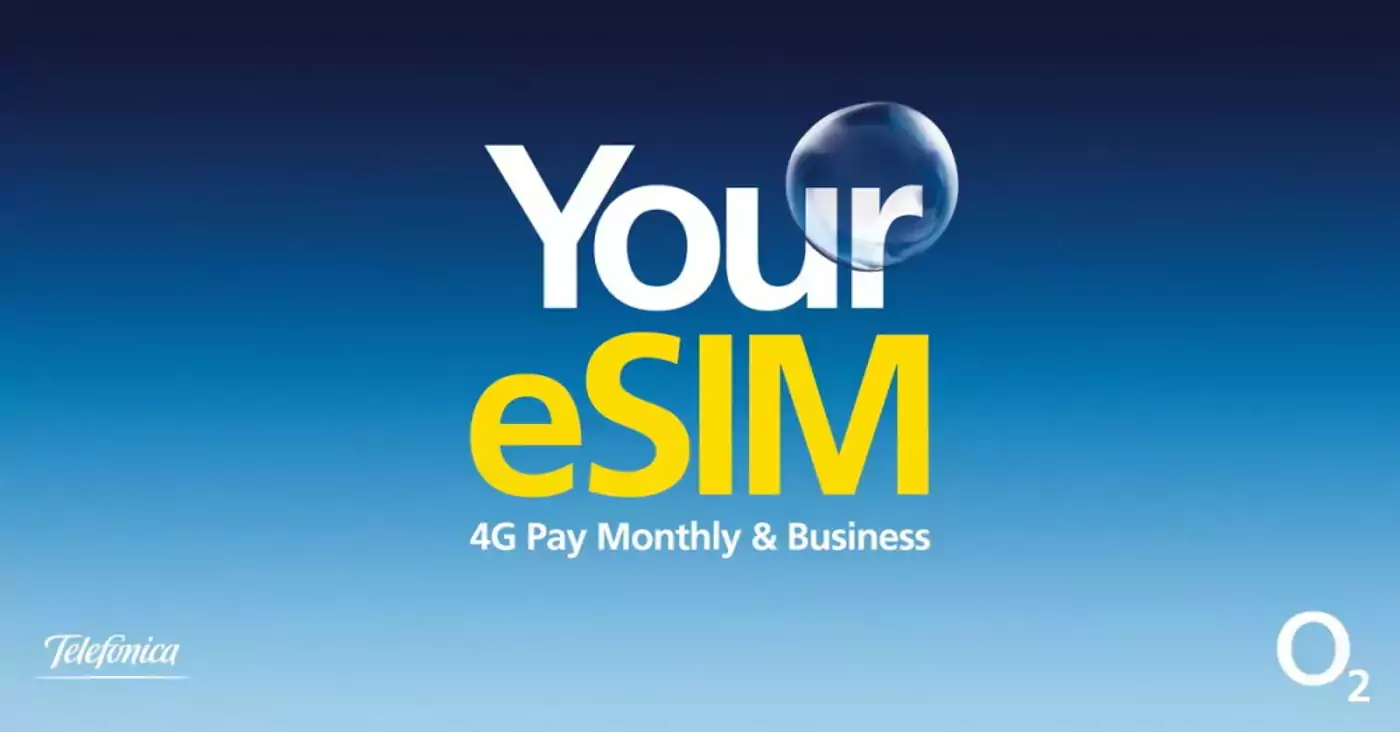The upcoming iPhone 14 may bring radical changes, if industry insiders and industry experts have got their facts right.
Previously it was reported that Apple has asked major carriers in the US to prepare for the launch of eSIM-only phones by September this year.
An eSIM-only phone means it will not support physical SIM cards and cellular networks will work through embedded SIM cards. Now, an analyst has said that the eSIM-only model in the iPhone 14 series will be optional, meaning that users will have a choice between physical SIM cards and eSIM on the next flagship iPhone models.
GlobalData analyst Emma Mohr-McClune has predicted that Apple will not switch to eSIM-only iPhones right away. But it might still try to begin the transition with an eSIM-only model that will be available to people who want it, meaning it will be optional.
These eSIM-only iPhone 14 models will be available through Apple’s own stores, along with support from carriers for both eSIM and Nano-SIM technologies.
“We don’t believe that Apple will take the ‘big bang’ approach—getting rid of existing systems and transferring all users to eSIMs—but rather launch an eSIM-only variant of its upcoming new model—retaining the dual eSIM-plus-physical SIM slot model for the mass market and its key carrier channel,” said Mohr-McClune.
Many carriers globally still do not offer the eSIM facility, and in the absence of a global adoption, Apple may be feeling there is high risk in rolling out the iPhone with only the eSIM technology. At present, around 100 carriers globally support eSIM technology and there are more telecom companies planning to introduce their eSIM networks.
In the UK, all major carriers “support” eSIM technology, but the adoption rate is not high because there are only a handful of devices that are currently compatible.
If we go by what the analyst said, users will have the option for an iPhone 14 model that will work like the iPhone 13 for mobile networks, where you can either use a physical Nano-SIM card or an eSIM.
eSIM DisadvantagesThe problem, at least in the UK, is that while getting an eSIM onto your phone is easy, any changes like changing your phone become a bit of a nightmare as you can’t simply transfer the eSIM to your new phone, you have to obtain a new eSIM QR Code- and that is where the problem currently lies. None of the UK carriers, with the exception of Vodafone, are making it easy – and quick – to get a new eSIM QR Code.
While Vodafone lets you get a new QR Code online and instantly (which is what you use to add your eSIM to your phone) the rest currently require you to visit a bricks and mortar store or optionally, they will send you one via postal mail, which of course days. Considering the e in eSIM means embedded, this is a bit of a farce. Some, namely EE will even charge you for a new eSIM.
Carriers need to rapidly improve their eSIM processes and make it easy for users to retrieve and download eSIM profiles from the cloud,
eSIM AdvantageseSIM technology is extremely convenient as you don’t need a physical sim and it allows you to have multiple eSIMs in your device at once.
eSIMs can store multiple profiles, meaning you can switch between networks and back without having to permanently disable accounts. This feature is especially useful while travelling, allowing you to stay connected to a network wherever you go. It’s also often a more affordable alternative to activating global roaming functionality.
You can also delete any eSIM from your device instantly, assuming you don’t want to use it again. You can also remotely remove that eSIM from your phone should it be lost or stolen.
Another benefit, is that you can activate and reactivate an individual eSIM in your phone at any time.
Another advantage of eSIMs is that they negate the need for a physical SIM card and its tray. Smartphone manufacturers could use this space to increase a phone’s battery size or add more features to a handset. Fewer holes/ports in a handset also mean more protection from moisture and dust.



